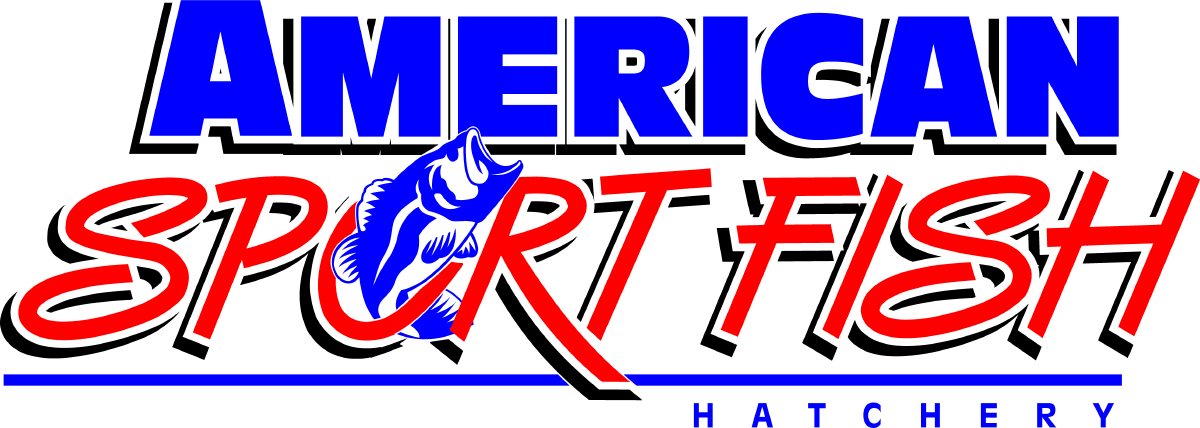How Do I Maximize Spawning Potential?

Fertile, green water produces important plankton to increase survival rates of these bass fry.
We’re only weeks from starting one of the most exciting seasons around our ponds–Spring spawning. Here’s some tips to increase productivity of forage and sport fish.
Largemouth bass are heaviest at the beginning of spawn, usually late March or early April. The big girls have been feeding heavily three or four weeks, are at prime weight for the year, and fully egg-laden. This is the time avid anglers relentlessly pursue and set lake records. Females drop significant weight when depositing eggs. Males lose weight because they don’t feed while tending the nest. After bass spawn, water temperatures begin rising. Baitfish start their cycle. Since there is no reproduction during Winter, baitfish numbers are low by the time bass spawn.

Yolk sacks briefly nourish new-born fry. Then they must find plankton.
A fascinating fact about Mother Nature is the spawning order of each species. Water temperature sets the pace. In warm areas, crappie go first, then bass, then bluegill, then redear sunfish. Channel and blue catfish complete the cycle at the end of Spring, early Summer. Each species responds to a specific temperature window. That’s the main reason we rarely see hybridizing in Nature. Overall, Nature has a way of replenishing baitfish during Spring so predator fish have food to grow as water temps rise into Summer. After the initial Spring cycle, species that reproduce more than once a year (bluegill and threadfin shad) prepare for another cycle. During this period, we emphasize habitat so newly-hatched fish have safe havens to feed, hide, and survive to become significant food sources for larger fish.

Bass have big appetites at all ages.
Tie all these factors together and you’ll have a much better understanding why timing is so important in your management strategy. Take this spawning season to the next level. As eggs are laid, parental care varies with species. In shad, there is no support. There is with bluegill. With bass, the male stands guard, circling the nest, keeping unwanted marauders at bay until eggs hatch sac-fry. That name comes from a yellow, distended yolk stomach under two dark eyes and a see-through body. Over a few hours or days, the yolk-sac is absorbed and a school of fry rises from the nest. At that stage, the yolk is gone and baby fish need to eat. The tiny fish, less than one-quarter-inch, are swimming in unison. They must eat incessantly for several days to survive. In the meantime, it’s a fish eat fish world.

Construct spawning beds with pea gravel to increase productivity.
Most glean meals from the water column. That’s why biologists recommend fertilizing, especially south of the Mason-Dixon Line. Timing is important. If you miss crucial timing and don’t establish a plankton bloom, survival rates drop sharply. As if simple survival is not hard enough, tiny fry must fend off predators such as dragonfly or damsel fly nymphs, backswimmers, and oarsmen. As the school learns ways of the pond, many of them are eaten. Those that survive quickly learn to escape by utilizing habitat. That’s why you see one-inch bluegill huddled in shore-line grasses. They dart in and out feeding, then return to sanctuaries. Bass fry grow at different rates. Largest ones actually cannibalize siblings. Many, many times I’ve seen a three-inch bass with a two-inch tail dangling from it mouth.
As a pondmeister, it’s your job to monitor above conditions and ensure your environment has everything required to facilitate spawns, survival, and food for fry at crucial times. Understanding how spawns roll and how they successfully relate into the concept of habitat and food chain gives you a deeper understanding of fundamentals in fisheries management.

This fallen tree provides excellent habitat and safe havens for young fish to escape early predation and become future generations of the fishery.
